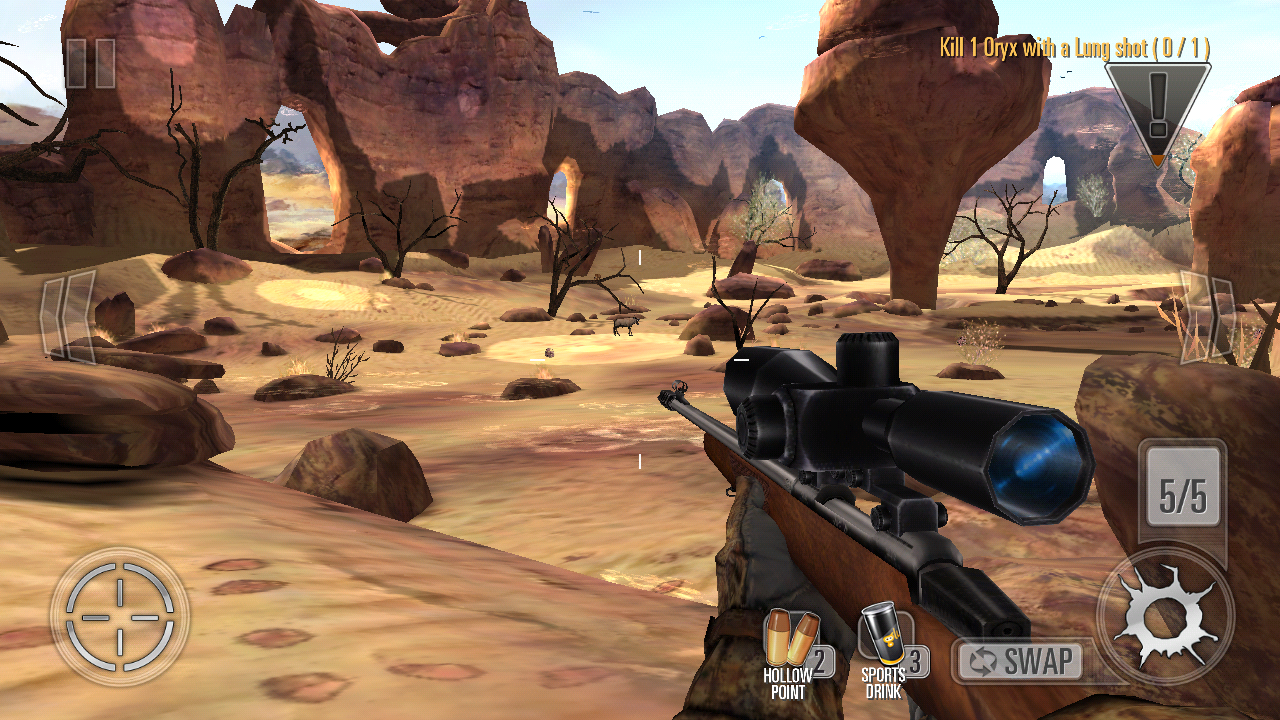Our colleagues from SOOMLA found out by the example of Deer Hunter 2014 how Glu separates defaulters from payers.
But first, a few words about the project: Deer Hunter 2014 was released in June last year. In the first six months alone, the game collected 40 million installs. In addition, she visited:
- In the Top 10 by downloads in 114 countries;
- in the box office Top 10 in 106 countries.
Now the game earns about $18 thousand a day only in the United States (according to AppInTop).
The main thing that our colleagues from SOOMLA paid attention to: the policy of banner impressions. According to them, games with high ARPU cannot risk revenue by showing advertising banners to potential payers. At the same time, those who do not pay still need to be monetized somehow. And how else to do this, except not through advertising?
It turns out that it is necessary to “separate the wheat from the chaff”, malicious defaulters from those who may still pay someday.
What does Glu do for this?
The first missions in the game, no advertising is shown to the user. If the user does not purchase an IAP for a certain time, he is offered to watch a motivational video (he watched it, received the currency). All players who have chosen the video are marked as non-payers who can be shown ads.
The question is, what should I do if the user refused the game currency for the video, but also does not want to pay?
SOOMLA does not respond to this. What do you think?
A source: http://blog.soom.la


